It finally happened: I travelled to Greenland! A few weeks ago I made an impulsive, last-minute, but very rewarding visit to Ilulissat. My main goal? Photographing the majestic castles of ice floating in the UNESCO Ilulissat icefjord. TLDR; I had an excellent time and it far exceeded my already sky high expectations. But if you want to know more, go ahead and find out about my frosty adventure in Ilulissat, Greenland.
Elusive Destination
Those of you who have been following my work for some time know that I have been trying to travel to Greenland for the longest time. It has been a rather elusive destination for me due to several factors among which were the constantly changing COVID-19 regulations and consequential flight cancellations. Over the past two and a half years, I have tried to travel to Greenland three times without success. My previous attempt in the summer of 2021 even got cancelled just two weeks before departure (I ended up travelling to Grímsey instead). Because of that, I didn’t believe I was actually going until I boarded the plane and it took off.
I had originally planned to go to Ilulissat and the area around Disko Bay during summer. However, when I noticed a well priced offer from Icelandair, I didn’t hesitate and booked the trip. There was just one catch: I was visiting during deep winter and the average temperature would be -21 degrees. Ouch!
Preparing For Sub-Zero
After I had booked the trip, I had only a few days to prepare for it. My biggest concern was how I was going to deal with the harsh cold. Living in Iceland, I have a lot of experience dealing with that but not with temperatures going down to -30 degrees Celsius. It of course gets cold here but that’s most of the time due to the relentless wind. The actual temperatures are usually not that extreme.
I decided to ask for tips on my social media and thankfully some people came back with sometimes strange but sound advice. Here are a few of the tips I got or want to share:
- You can keep your feet warm by using a plastic bag to trap the moisture and sweat so it doesn’t make your shoes damp on the inside. You can do that by putting on a thin sock, wearing a plastic bag over it and finally putting on a thick wool sock as the last layer. I’m not gonna lie: I thought this was extremely weird but it actually worked! My feet were nice and toasty the whole time.
- Use a balaclava to protect your face and nose. It’s easy to get frostbite on your nose when you are not covering it, especially when it gets a bit more windy.
- Get insoles that are made out of wool. This is one of these things I had no idea these existed until someone told me about them. The insoles are made out of wool with an insulation foil at the bottom. That way your feet are shielded from the cold ground. I tried them before the trip and it worked like a charm! I immediately noticed a difference.
- Wear wool! Wool is a perfect way to keep you warm. I packaged a bunch of thick wool socks, wool thermal underwear and an Icelandic wool sweater (lopapeysa). These items are crucial at keeping you warm.
- This one I already knew (and it’s kind of obvious) but I thought it would be nice to throw it in the mix. The best advice is to keep moving around. Every time I felt cold, I just started hiking up and down the hills and I felt nice and warm afterwards.
I received many other tips but these were the most valuable to me during the trip. I also ended up buying a new set of gloves and liners which were most welcome to keep my hands nice and toasty. Similar to camera bags, the quest for finding the perfect gloves has been a long one for me but I finally feel I found them. I bought the Vallerret Hatchet photography gloves. Not only did they keep my hands warm for a long time without moving, they’re also not too thick. This is very important to me as it’s a pain not being able to move your hands when you’re outside photographing. Additionally, the removable finger tips are very welcome for photographers (this is not sponsored by the way).
Off to Greenland!
At last the day had come. I was in such disbelief about going that I didn’t dare to be excited until I was actually sitting inside the plane. When the plane took off, I felt so relaxed. I was going to Greenland!
Because it was terribly cloudy that day, I couldn’t see anything flying over the Greenland ice sheet. After about 2,5 hours, we started our descent and my jaw dropped out of amazement. Maybe it was the anticipation building up due to the cloudy weather or the excitement finally hitting me but it felt quite emotional. Slowly the enormous icebergs started revealing themselves through the clouds. “How is this even an actual real place?” That’s what I kept wondering as I saw the seemingly endless quantities of ice floating in the ocean below. It’s the most impressive arrival and landing I’ve ever experienced. Period.
The Icefjord Beckons
Arriving at the Ilulissat airport, I could only feel as if I had arrived at the end of the world. The airport was tiny, consisting only out of 2 rooms: one for arriving luggage and one for departing passengers. I immediately felt how friendly all the locals were. This was something I would notice throughout the trip: everyone says hi or nods to say hi all the time. It felt very welcoming.
After getting out of the Ilulissat airport, I headed to the hotel to check in. I changed clothes, asked for directions to the icefjord and immediately set out. After about a 15-minute walk, I arrived at the start of one of the hiking trails. From there I could see the icebergs floating in the distance.
Another 15 minutes later, I was already at a nice spot to start photographing. As I prepared my gear, I noticed how quiet it was. Not just quiet but absolutely dead silent. I could not hear a thing – at all. No wind, no water, no birds, no people, nothing. It was so silent, it felt deafening. Not even in Iceland do you get to experience this. I embraced the silence and sat down while staring at the magical ice castles floating in the distance. This felt like such a confronting moment as I only then realised how much noise is around us all the time. The past two years, this has quickly become a guideline for me in my photography: sit down, observe and enjoy.
After cherishing the moment for a while, I started photographing. Because I was completely alone, I started flying my drone as well. It was incredible to see the various blue tones, floating ice and birdlife soaring around them. After being out for a few hours, I decided to head back to the hotel via another hiking trail. Again, on this trail I was completely alone. The only sounds I could hear were the occasional bird and the snow cracking underneath my feet. What an incredible feeling!
Sailing Inbetween the Castles of Ice
My main goal for this short adventure was to photograph the sea ice and floating icebergs. To get the best experience possible, I set out on multiple boat tours the following days. Many people have recommended going several times as the conditions can be very different from day to day. After each tour, I returned to the hotel to warm up after which I headed out for a hike to capture the setting sun. It felt like a great game plan throughout the trip.
During the first trip it was incredibly cold and the slightly warmer ocean water was evaporating into the freezing cold air. This created a beautiful effect which was further enhanced by the abundance of sunlight. On this tour I also discovered how the sparse birdlife was a great addition to add scale to my photographs, which was otherwise quite difficult to portray.
On the second trip, the conditions were even more magical. During the night, the sub-zero temperatures had created a very thin layer of ice due to the lack of wind in the night. This turned the surface water into a giant mirror which almost perfectly reflected the icebergs. Even when we sailed passed, the ripples were immediately dampened by the flat pancake-shaped ice in the water. It was easily my favourite boat trip out of the three I did. I focused a lot on the symmetry these reflections created for which my Canon RF 14-35mm F4 lens came in handy.
On my third and final trip, the conditions had completely changed again compared to the day before. A big part of the water between the bigger icebergs had completely frozen, making it more difficult to sail further out between the ice. Fortunately, the captain managed to push through the ice, allowing us to get a better look at another part of the icefjord where I hadn’t been. Again I focused a lot on photographing birds around the ice to provide a way to show scale.
After completing the final boat trip, I was so glad I had listened to all the advice to go on several trips. The conditions were so different and interesting that I came back with many different photographs.
How Did My Gear Hold Up?
Before the trip, I had read a lot of stories about gear failing in such cold temperatures due to failing batteries or mechanisms containing plastic becoming too hard. While I have rarely encountered these issues in Iceland myself (one time I broke clamps on my tripod when it was too cold), I thought it was worth keeping an eye out for.
Fortunately, I encountered pretty much no problems with my gear. One time I got a warning that my DJI Air 2S’ drone batteries had gotten too cold but letting it hover for a minute before flying further away already seemed to warm them up sufficiently. Additionally, I used one of my wool socks to keep my batteries nice and toasty. My iPhone 13 Pro did exceptionally well, even when being outside for an extended time without being protected from the cold. My main camera, the Canon EOS R6, performed admirably. The only curious thing I encountered was that the ring to zoom in and out on my Canon RF 100-500mm lens felt more firm after being outsides for several hours. The batteries performed just as they would in regular temperatures, even after being exposed to the elements for several hours.
One thing I had to watch out for, and was warned about beforehand, was my breath freezing to my gear as you can see on the accompanying photograph. If you weren’t too careful it could freeze to the front lens element, the viewfinder or the screen. It’s one thing a balaclava can help you with. It’s also good to know that you should be equally careful with glasses if you wear them like I do. Your breath, moisture and sweat can quickly freeze to your glasses. The cold also makes it difficult to get rid of the ice.
If you want more details about what gear I use, you can find it on my About page.
See You Soon Greenland!
After spending five days getting a taste of Greenland for the first time, I want more. Because I had been waiting for this moment for such a long time, I had sky high expectations. I’m happy to say Ilulissat and the surrounding area really lived up to them. Travelling there in winter does come with limitations such as being confined to a single town unless you take expensive domestic flights (there are no water taxis to other settlements for example) but I didn’t feel like I needed that. Though I will be back during summer to further explore the area around Disko Bay.
If there’s one thing I know for sure is that I’m not done with Greenland. Not by a long shot!
One More Thing…
I also added some of my photographs from Greenland to my print store. To celebrate that and to congratulate you on making it all the way at the end of the blog, I am offering a 25% discount on all my prints until April 30th 2022. You can get the discount using code PRINTSALE during the checkout.
Discover Jeroen’s Photo Workshops in Iceland, Greenland & Beyond
Ready to take your photography to the next level? Join me, Jeroen Van Nieuwenhove, on unforgettable photo workshops in Iceland, Greenland, Antarctica and other exciting destinations. Whether your passion is wildlife photography, bird photography, landscape adventures, or mastering drone photography, each workshop is designed to give you hands-on guidance in some of the world’s most spectacular locations.
From puffins in the midnight sun to Arctic foxes in the wild, from glaciers and volcanoes to dramatic coastlines seen by drone – these journeys are more than workshops; they’re once-in-a-lifetime experiences. Group sizes are kept small, ensuring personal mentoring and plenty of shooting opportunities.
Looking for something specific? Check out Jeroen’s…
- Wildlife & Bird Photography Workshops (Puffins, Arctic Foxes)
- Drone Photography Workshops
- Photo Workshops in Iceland
- Photo Workshops in Greenland
Spots are limited – secure your place today!
What Previous Participants Shared About Their Experience
These reviews are verifiable on Jeroen’s public Google Business profile.
Support Jeroen’s Work
As an independent photographer, Jeroen partially relies on your support to keep producing worthwhile content such as blogs, photographs, books and much more. If you want to support his work, it is possible to do so by buying his e-books & books, prints or calendars.
You can also sign up to the newsletter to stay up to date on new blog posts, projects, workshops and other interesting information.
Thank you for considering!

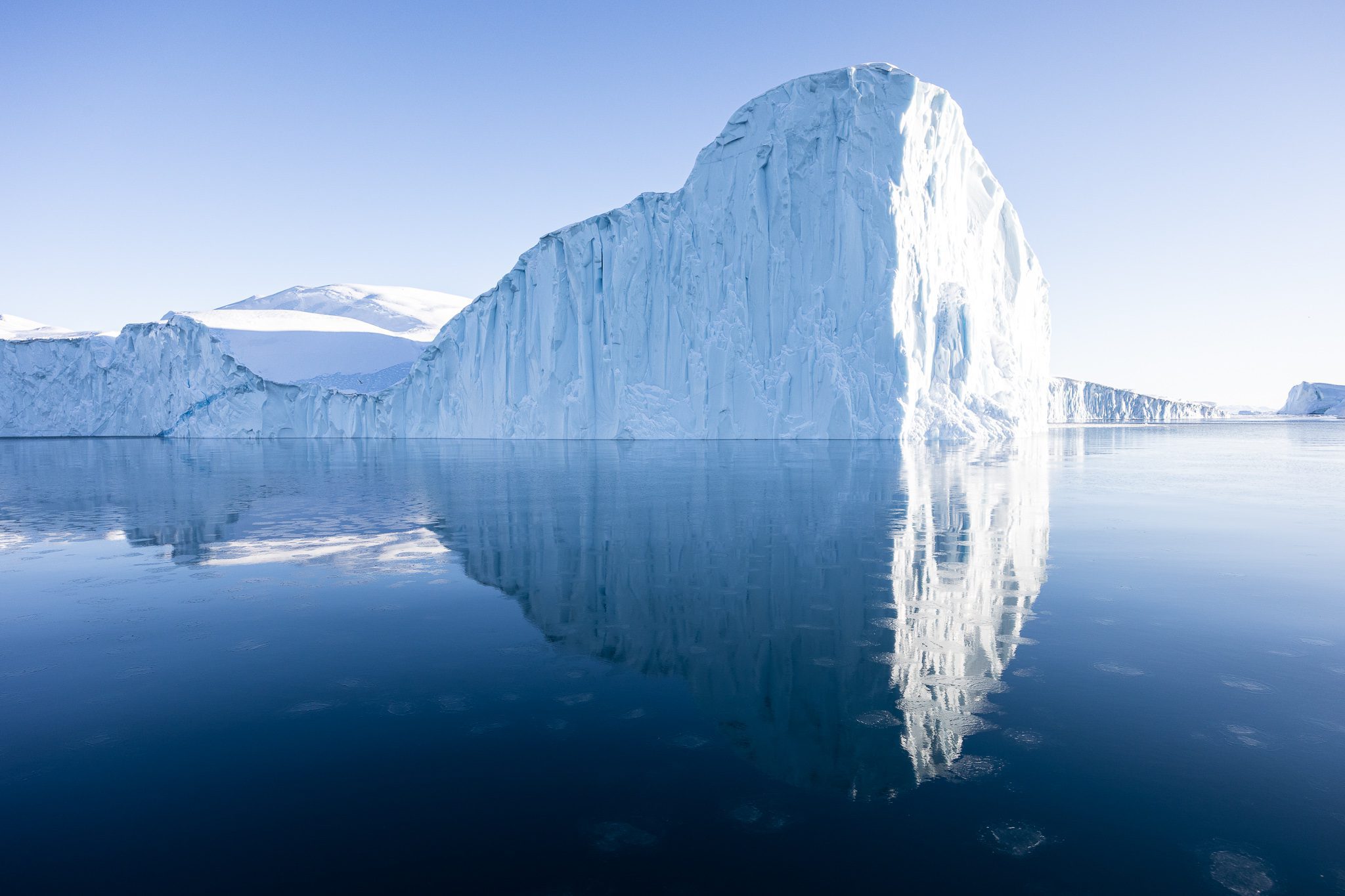




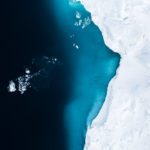
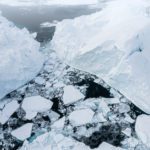

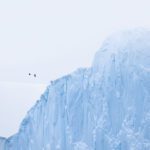
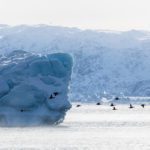
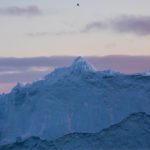
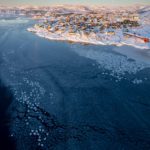
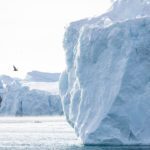
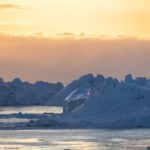
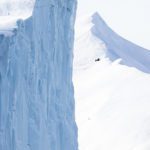
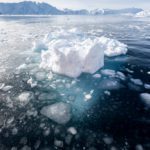
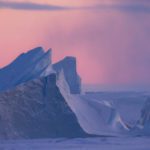








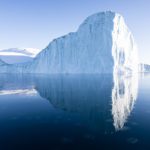
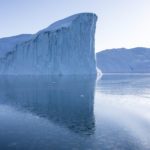
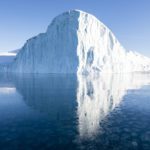
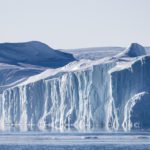
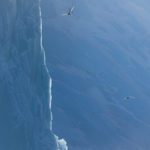
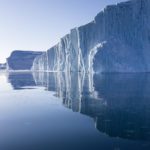
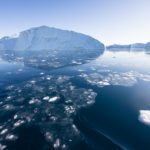
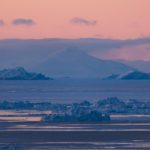
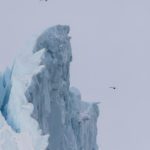

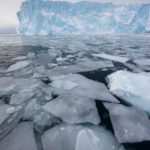
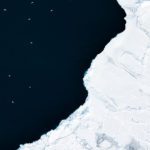
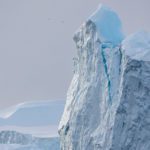
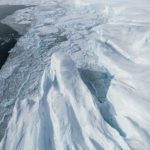
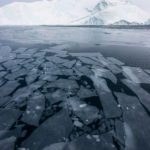








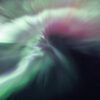
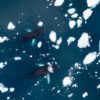
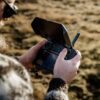

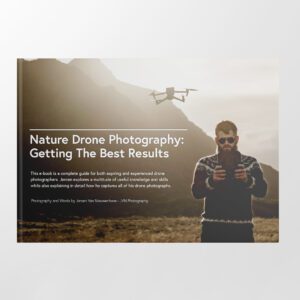
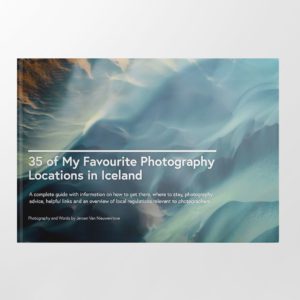
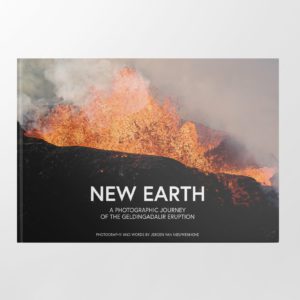
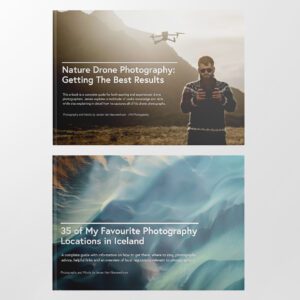
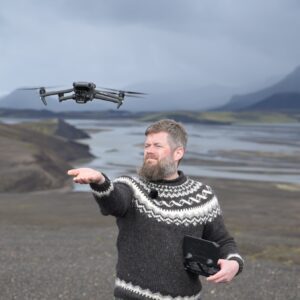
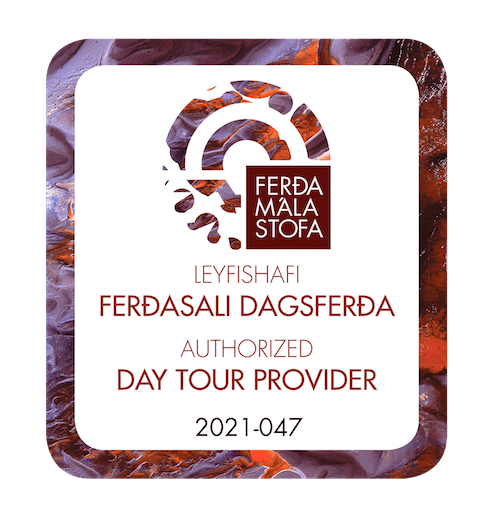
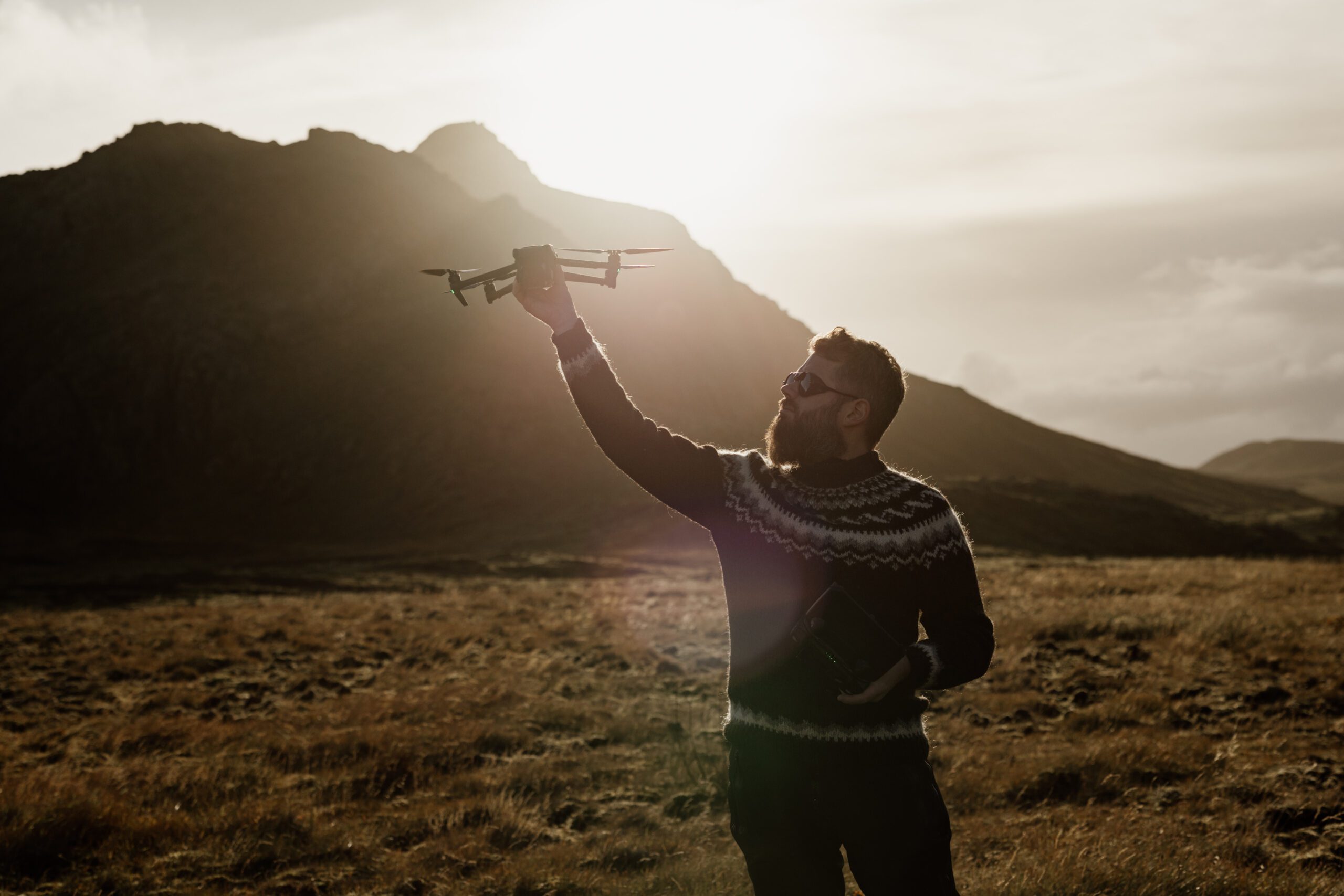
Hello Jeroen,
we were also at Illulisat but now in Septermber.
Very good light conditions and also did the boat trip.
Compliment to your photos and your work!!!!
I have one question: I had problems with my drone. I was not able to start because of the no flight area in the DJI app regarding to the nearby airport or heliports.
Had you the same problem? It is possible to get an allowance by DJI, but this must be done in advance.
But i did not know this before the trip and therefore I was not able to start my drone.
Best regards from Germany
Hans-Joachim Zeranski
Hello Hans-joachim! Thank you for your kind words. Hmmmm, that’s odd. I did not experience any such issues. I started my flights from south of the town, pretty much next to the Icefjord. However, there was a 50m height restriction, which further into the fjord increased to 120m and eventually 500m. I never had any issues that prevented me from taking off entirely. Where did you fly from? What drone are you using?